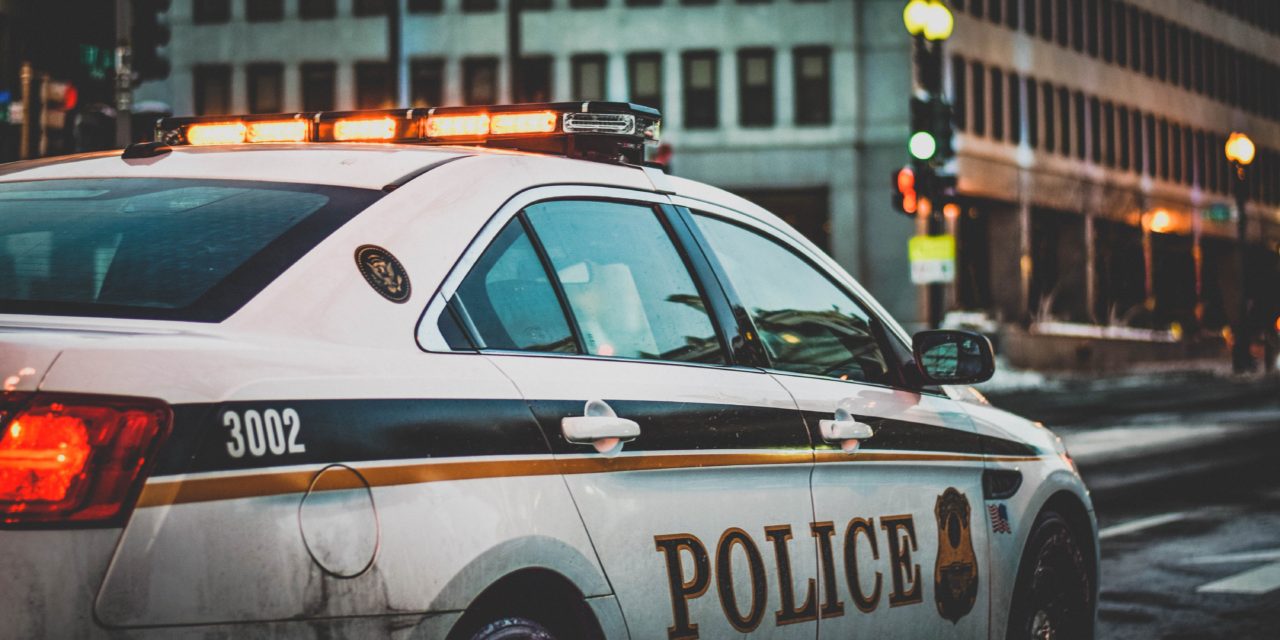Sometimes we have to share a story but need to protect the privacy of the family. So this one was submitted privately to me, and so I am sharing it here – as it’s an important lesson for autism families to learn.
It’s not enough to just have a home security system when you’re a parent of an autistic child. Yes, security systems are important, but there are extra steps to ensure all the t’s are crossed and I’s are dotted…. so, read on for more details…
—————-
Joel, could you please share this? We want to remain private – but want to make sure the community knows what happened so they can learn from our mistakes. Thanks…
A few weeks ago we were awakened by a police officer standing in our bedroom doorway, trying to wake us up “SIR! SIR! Your Alarm was triggered, please wake up!”
Startled, I jumped out of bed, where he then asked me if we have a son and if he’s autistic. Of course, I said, yes. Then I shared our son’s name and asked where he’s at.
The Officer said, “he’s ok” and by this time I saw where he was. Standing next to him was another officer, outside our home in our backyard.
You see, our son is not one of those who have a tendency to elope. But, the police didn’t know that. I’ll share as to why, as here how the order of events happened…
The Alarm was triggered, and it should’ve awakened us – but we were so exhausted as we’ve been addressing his sleep routine issues since this COVID thing started, we didn’t hear it. So, when our son opened the door, the alarm was triggered. Shortly thereafter, the Police arrived.
That’s about as much of an experience any parent could take and share, but it’s from this situation I’d like your readers to know some of what we learned, and maybe it could help them.
The good news is the alarm system worked just fine, but in a large home, the one loudspeaker that notifies everyone in the house wasn’t loud enough to wake us up. So, we had to contact the alarm company to see what can be done to address this issue – may be adding another speaker, which costs extra. The low-cost solution was to make sure our phones (which receive notifications) were set-up properly and the volume turned all the way up. Setting the notifications for the alarm on our phones to ‘ignore’ the ‘do not disturb’ setting on our phone, along with the volume up was also a routine change on our part.
Although we’ve had this alarm for years, we thought just having it was all that was needed. It seems in our city that we need to register it. Something for your readers to make note of if they have an alarm for their house is to check with their local precinct as to what is required.
The other takeaways were to make sure our information was up to date for all first responders in our city. There is often a department that takes care of this, often it addresses Emergency Communications & Citizens Services. We thought our home was already a part of this, flagging any first responder as to their being a special needs situation in our home. So if there was an emergency in our home – first responders would know in advance of what to expect. It seems our city updates this information annually, and somehow our information was purged in the process. This meant that the officers who arrived at our home didn’t know about our son, at all. Our first priority was to correct this notification.
In reaching out to our local Public Safety specialist (part of the local Police Department), we were able to make sure this information was updated, and we expect to be notified prior to any changes – to make sure the information remains up to date.
We were also informed about Smart911 – a free service that provides key information to 9-1-1 call takers during an emergency. Although not all localities utilize Smart911, it is being adopted by new areas regularly. By utilizing this service, it allows me to regularly update emergency information to first responders, so they will know in advance what is needed before they arrive. Also, if we travel to other areas that are Smart911 enabled, that same emergency information will be shared with those first responders as well. So if we travel across country by car and get in an accident, and we have our account set-up to include our car info…. the first responders will be able to identify the individuals easier and know more specifics.
Being a part of the autism community I don’t often see these tips shared, and I hope that our story can benefit others.
Thank you for sharing it, Joel.
Joel here, as our guest shared in this post:
- If you have an alarm system that pushes notifications to your phone, make sure those notifications settings Ignore the Do Not Disturb setting of your phone and make sure your volume is turned up completely.
- Check with your local Police Precinct as to any forms/registration needs for your house alarm.
- Make sure you ask about how to flag your address as you have a special needs situation at your home and follow their instructions.
- Visit Smart911.com and register for FREE.
Now our guest in this post has a non-verbal autistic child that does NOT have a propensity to elope. However, I know that many in the community do have children that may elope. If you have a situation where your child tends to elope, I’d recommend seeing if Project Lifesaver is being utilized or supported in your locality. If not, maybe looking into using AngelSense. Both Project Lifesaver and AngelSense utilize tracking equipment to locate where an individual is.
I don’t know what alarm system our guest has, but my co-host of Autisable Dad’s, Rob Gorski has often shared how Autism Families can save on alarm systems for their home with Vivint. Vivint has a program to help out families with children on the spectrum. Visit VivintGivesBack.org for more information.
What experiences have you had with first responders, and what did you learn from those experiences? Maybe those moments could be helpful to the rest of the community? Leave a comment, or join Autisable and submit a post to our editors, we’re always looking forward to hearing from you.
Read Original Post on Autisable.com











